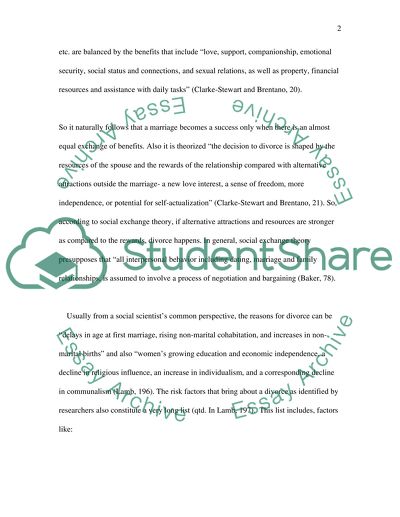Cite this document
(“Relating the social exchange theory to increasing divorce rates Essay”, n.d.)
Retrieved from https://studentshare.org/environmental-studies/1415818-relating-the-social-exchange-theory-to-increasing
Retrieved from https://studentshare.org/environmental-studies/1415818-relating-the-social-exchange-theory-to-increasing
(Relating the Social Exchange Theory to Increasing Divorce Rates Essay)
https://studentshare.org/environmental-studies/1415818-relating-the-social-exchange-theory-to-increasing.
https://studentshare.org/environmental-studies/1415818-relating-the-social-exchange-theory-to-increasing.
“Relating the Social Exchange Theory to Increasing Divorce Rates Essay”, n.d. https://studentshare.org/environmental-studies/1415818-relating-the-social-exchange-theory-to-increasing.


